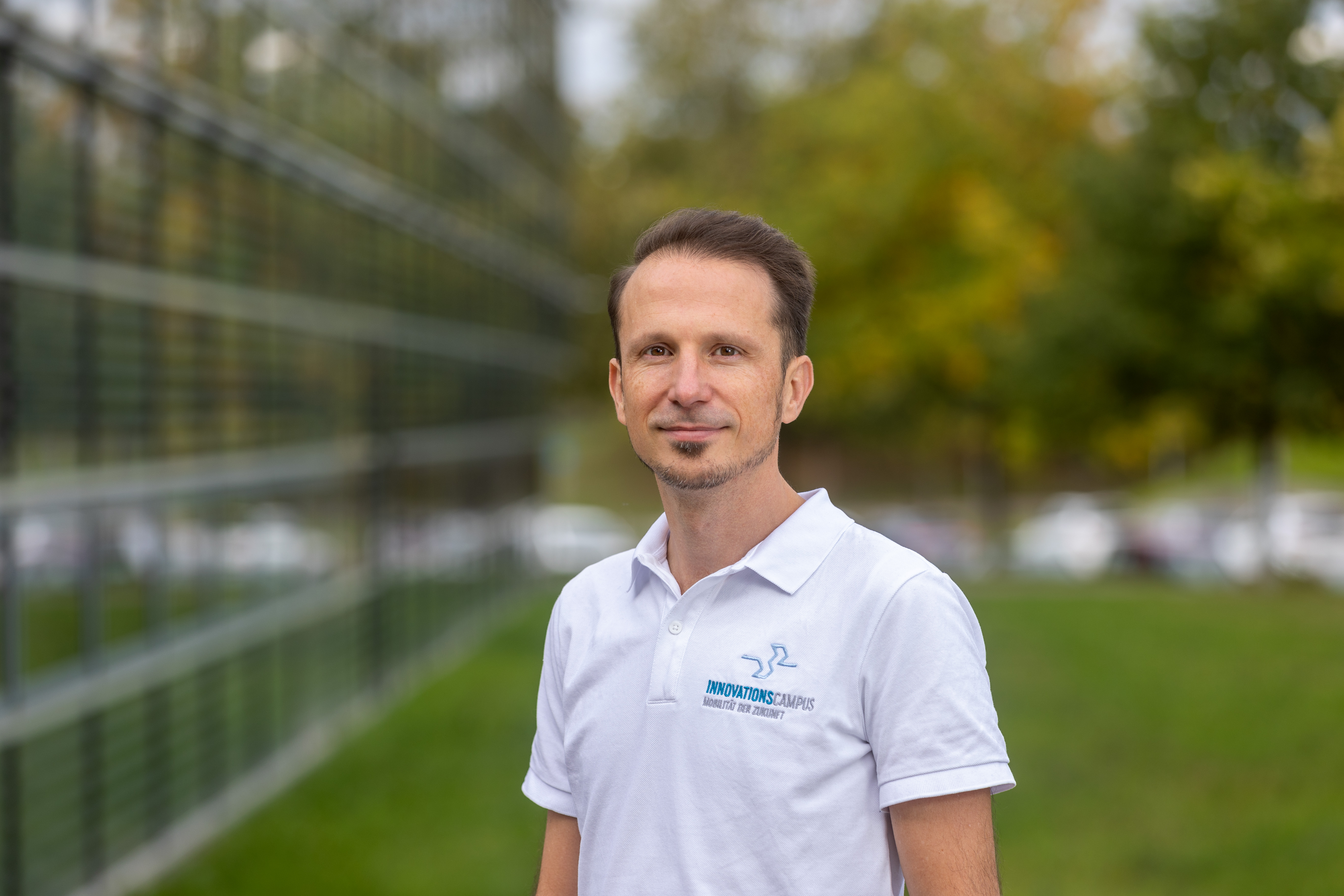
IC13 - AddBroach
Sustainable production of near-net-shape semi-finished products by means of binder jetting using the example of broaching tools
One of the processes used for the industrial production of high-quality gears for electromobility is broaching. In this machining process, the step-shaped broaching tool is pulled through a preformed workpiece under high forces. In the process, the cutting edges of the tool chip the material and thus produce the desired toothing.
Due to the high loads during the machining process, broaches typically consist of sintered high-speed steel semi-finished products. These are approximated to the final contour of the tool in a subsequent soft machining step. In this process, a large proportion of the starting material is converted into chips with the expenditure of energy. There is great potential to make the production of such tools more efficient in terms of both energy and resources and thus improve sustainability.
Aim and approach
The aim is to produce near-net-shape semi-finished products from high-speed steel (HSS) by means of binder jetting (BJT) in order to eliminate the soft machining step and thus improve sustainability.
The idea is to optimize the binder jetting process chain in such a way that the highest possible component density can be achieved so that the tools can withstand the high loads during the process. Ideally, the sintering step is carried out at ambient pressure, so that the energy input of this process step is also reduced compared with hot isostatic pressing (HIP), which is otherwise often used.
By means of an iterative procedure, different materials and binders are to be combined and matched with each other. Subsequently, the interactions of the individual process steps are to be considered and the process chain optimized as a whole.
Benefit
- Improved sustainability
- Elimination of the soft machining step
- Reduced energy consumption

Key data
Research Field
Manufacturing SystemsPeriod
01.05.2023 until 31.10.2024Project participants
- KIT: Institut für Produktionstechnik (wbk, Prof. Zanger)
- Company: Arthur Klink GmbH
Contact

Thilo Zimmermann
Deputy Managing Director, Head of Research Coordination
- Phone
- +49 711 685 60960
- fk@icm-bw.de